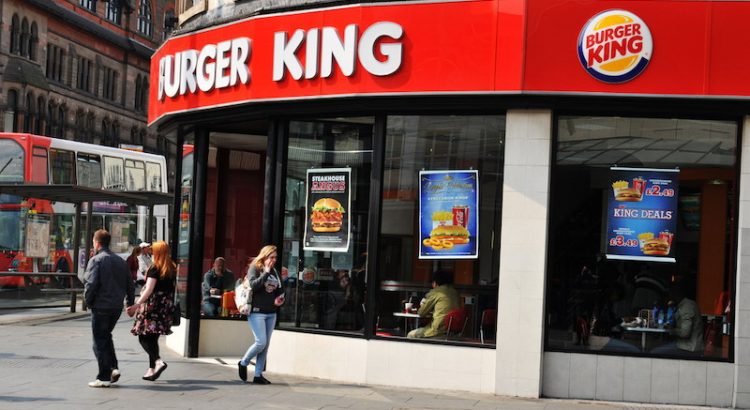The last 15 years have been rather transformative for the restaurant industry. Since the early 2000s, the industry has witnessed the rise of fast casual dining, food trucks, and farm-to-table dining. But now restaurants are in trouble. Both sales and traffic are down. Some of the biggest chains in America are closing underperforming stores at an alarming rate.
So what’s going on? If you look at the numbers, it appears that the primary culprit here is a market that is over saturated. There are just too many restaurants and not enough patrons to fill them. The only way out of a completely saturated market is to go lean. Ownership increases profits by cutting out the fat. It’s that simple.
Concerning Demographic Changes
An over saturated market explains the restaurant industry’s current dilemma in a broad sense. But let’s dig deeper. Why are there too many restaurants today? Multiple answers to that question exist, beginning with demographic changes. By the way, demographics are everything in the restaurant business.
According to the Washington Post, the key demographic for restaurants is that group of middle-class Americans between the ages of 35 and 54. They are the ones most likely to eat out frequently. The Post says they accounted for 41% of the population in 2007. Today it is only 34%.
Fewer people in the key demographic translates into fewer people dining out. Concerned restaurant owners have to figure out how to cater to people outside that demographic or make do until millennials age a bit more.
Lousy Dining Experiences
Another big reason for less restaurant traffic is harder to swallow because it lays the blame at the feet of restaurant owners: the lousy dining experience so many patrons now complain about. It seems like restaurateurs have forgotten how to create an experience guests can look forward to.
A good way to illustrate this is with restaurant noise. Over the last 15 years or so, restaurant dining rooms have progressively been getting louder. And it’s by design. Believe it or not, restaurants have been turning up the volume for years in an effort to create a more exciting vibe and increase table turnover.
Quite frankly, restaurant patrons are getting tired of it. They feel like there’s no point in going out to eat if they have to shout at one another just to have a conversation. They would rather stay home and order takeout.
The solution to this problem is to improve the experience. Taqueria27, a group of Mexican restaurants in Salt Lake City, was established on that very principle. Ownership focuses on opening neighborhood restaurants that cater to families and by providing a comfortable place to sit down and enjoy a combination of delicious food and good conversation.
The Corporate Mindset
Finally, we cannot talk about less foot traffic without also addressing the corporate mindset. It must be understood that corporatism is not the same thing as capitalism. Under the corporate mindset, profits must continually be increased to keep investors happy. This doesn’t work well in the restaurant industry where margins are already quite lean.
The corporate mindset is one that constantly looks for ways to cut costs. Corporate restaurants give patrons the absolute minimum they can get away with, at the highest possible price. And like excessive restaurant noise, consumers are no longer willing to accept getting less for more.
All three issues mentioned here have contributed to the over saturation of restaurants. There are just too many. And until the industry figures things out, they will keep closing stores in an effort to keep themselves above water.





